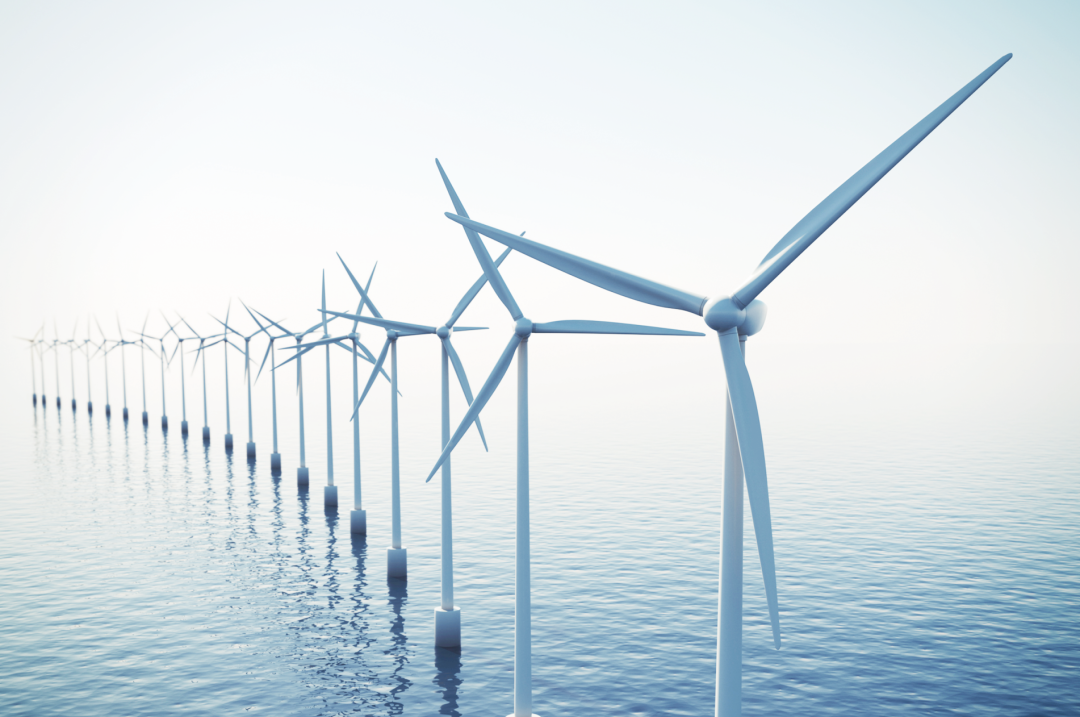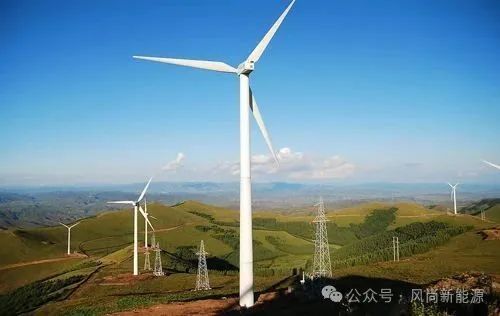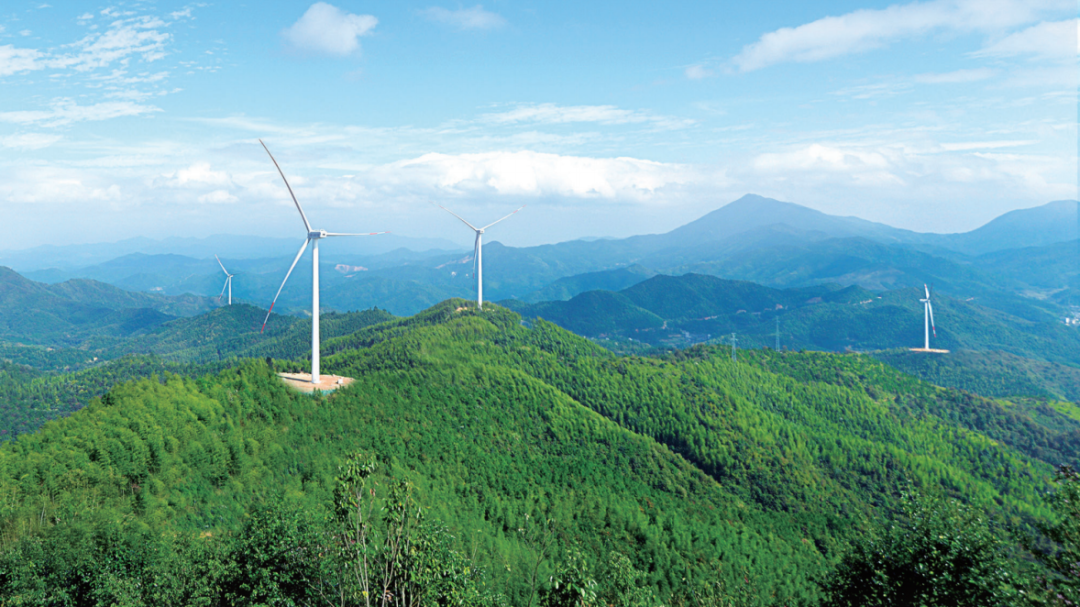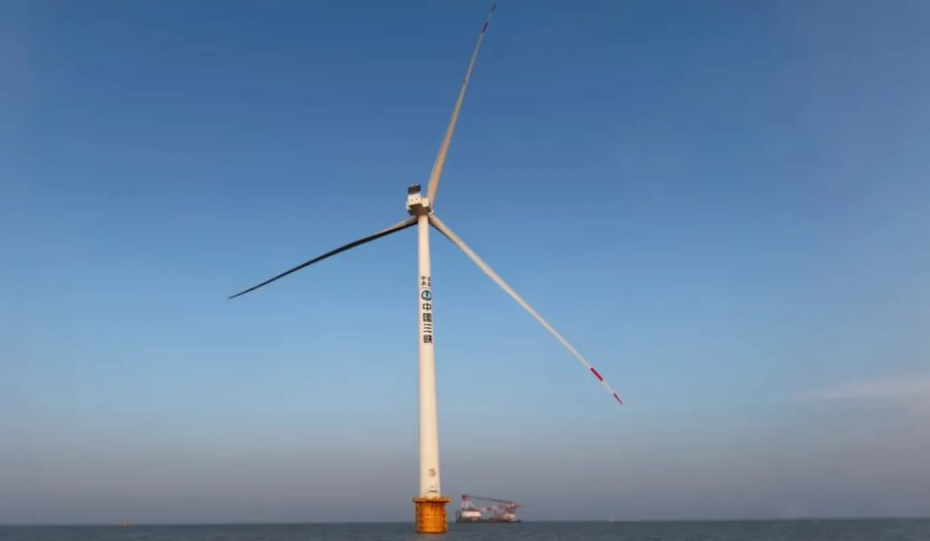China presents a landscape where ancient traditions brush against the relentless surge of modernity, and nowhere is this juxtaposition more visually striking than in the vast expanses where colossal wind turbines now stand sentinel. These modern giants, structures of remarkable engineering reaching skyward, represent more than just machines capturing the breeze; they embody a nation's determined pivot towards a new energy future. The story of wind power engineering in China is one of astonishing scale, rapid technological ascent, and a complex navigation of challenges inherent in transforming a colossal energy system. It unfolds across windswept plains, demanding deserts, and increasingly, the dynamic waters off its lengthy coastline, painting a picture of ambition realized through relentless engineering prowess.

Harnessing the wind is not a novel concept in China's long history. Ancestral wisdom saw windmills grinding grain and pumping water centuries ago. However, the modern era of utility-scale wind power began cautiously in the 1980s and 1990s, characterized by small, often experimental projects reliant heavily on imported technology. Early installations were modest, testing the viability of specific windy locations, primarily in remote regions like Inner Mongolia and Xinjiang. Initial engineering hurdles included adapting foreign turbine designs to China's diverse and sometimes harsh climates, grappling with nascent grid infrastructure ill-equipped for intermittent renewable sources, and fostering domestic manufacturing capabilities from a near-standing start. Policies existed, but lacked the decisive force needed to propel a true industry. Yet, the immense potential was clear – vast territories blessed with some of the world's most consistent and powerful wind resources lay largely untapped.
A pivotal transformation commenced in the mid-2000s. Recognizing the intertwined imperatives of energy security, environmental degradation from fossil fuels, and the burgeoning global clean energy market, the Chinese government implemented a series of powerful, targeted policies. The Renewable Energy Law of 2006 provided a crucial legal foundation, mandating grid companies to purchase renewable electricity. Feed-in tariffs, offering guaranteed, favorable prices for wind power, were introduced and strategically refined over subsequent years, creating a stable investment environment. Ambitious national targets became commonplace, constantly revised upwards, sending unambiguous signals to the market. Perhaps most critically, strict local content requirements were enforced. This policy masterstroke compelled foreign turbine manufacturers entering the lucrative Chinese market to establish joint ventures and transfer technology, accelerating the domestic industry's learning curve at an unprecedented rate. Engineering knowledge flowed, was absorbed, and rapidly iterated upon.

The results of this deliberate industrial strategy were nothing short of spectacular. A fledgling domestic manufacturing base exploded into a global powerhouse. Companies like Goldwind, Envision, and Ming Yang emerged, evolving swiftly from licensees to innovators. Chinese engineers focused relentlessly on scaling up turbine size and efficiency, mastering the complex mechanics of drivetrains, blades, and control systems. They pioneered designs specifically tailored for China's unique conditions: turbines robust enough for the sandstorms of the Gobi Desert, cold-resistant variants for the frigid Northeast, and corrosion-proofed machines for the salty, humid coast. The evolution from kilowatts to megawatts happened rapidly. While early turbines might have been 750 kW machines, the focus quickly shifted to 1.5 MW, then 2 MW, 3 MW, and beyond. Today, Chinese manufacturers are at the global forefront, deploying cutting-edge 6 MW, 8 MW, and even 16 MW turbines onshore and increasingly offshore, featuring direct-drive generators, sophisticated pitch and yaw systems, and blades exceeding 120 meters in length – feats of materials science and aerodynamic engineering.
Simultaneously, the sheer scale of deployment became the defining characteristic of Chinese wind power. Gigawatt-scale wind bases, often dubbed the "Three Gorges of Wind," were planned and constructed with breathtaking speed in wind-rich provinces. Gansu, Xinjiang, Inner Mongolia, Hebei, and Jiangsu saw landscapes transformed. Thousands of turbines, meticulously positioned based on advanced wind resource assessment and micro-siting techniques, rose in coordinated clusters across steppes, mountain passes, and coastal zones. Engineering logistics reached monumental proportions: transporting massive blades and tower sections across vast distances, often over rudimentary infrastructure; constructing foundations capable of anchoring hundreds of tons securely in diverse soils and rock formations; and erecting these structures efficiently and safely, frequently in challenging weather. The statistics became staggering, year after year China led the world in new annual wind installations, its cumulative capacity ballooning to surpass any other nation. This relentless build-out necessitated equally massive investments in grid infrastructure – thousands of kilometers of new high-voltage transmission lines, including advanced ultra-high-voltage (UHV) technology, were engineered to connect these often remote wind resources with the distant, power-hungry coastal megacities.

Concurrently, another frontier emerged: the ocean. Recognizing the limitations of suitable onshore sites near demand centers and the superior, more consistent wind resources offshore, China turned its formidable engineering capabilities towards the sea. Offshore wind presented a qualitatively different set of challenges, demanding entirely new levels of maritime engineering expertise. Fixed-bottom foundations – monopiles, jackets, and gravity bases – had to be designed to withstand powerful waves, corrosive saltwater, and complex seabed conditions. Installation required specialized, massive vessels capable of handling immense components far from shore in often treacherous conditions. Operations and maintenance strategies had to account for accessibility limited by weather windows and the harsh marine environment. Yet, driven by supportive policies and technological confidence, China's offshore wind sector experienced explosive growth. Projects proliferated in the Bohai Sea, the Yellow Sea, and particularly off the coasts of Jiangsu, Fujian, and Guangdong. Engineers developed floating platform prototypes, pushing into deeper waters previously considered inaccessible. China rapidly ascended to dominate global offshore wind installation, its coastal waters becoming a proving ground for increasingly larger and more sophisticated turbines specifically engineered for the marine frontier.
Behind the visible turbines lies an intricate web of supporting engineering marvels – the supply chain. China fostered the development of arguably the world's most comprehensive and vertically integrated wind industry ecosystem. Domestic giants not only manufacture the turbines themselves but also produce the critical components: casting massive nacelle frames, forging intricate gearbox components (where applicable), developing advanced composite materials and manufacturing processes for ever-longer, lighter, and more aerodynamic blades, and producing sophisticated power converters and control systems. Rare earth magnets essential for high-efficiency generators became a focal point, leading to innovations in mining and processing. This deep domestic supply chain provided significant cost advantages and resilience, allowing rapid scaling and iteration. Furthermore, Chinese engineering prowess extended into sophisticated wind farm management software, utilizing artificial intelligence and big data analytics. Predictive maintenance algorithms analyze sensor data from thousands of turbines in real-time, forecasting potential failures before they occur, optimizing energy output based on complex weather predictions, and coordinating the intricate dance of supply and demand within the broader power grid. This digital layer maximizes efficiency and minimizes downtime across sprawling wind portfolios.

The journey, however, remains complex and demands ongoing engineering solutions. A significant challenge has been grid integration. The sheer volume of intermittent wind power concentrated in specific regions sometimes overwhelmed local grids, especially during periods of low demand or transmission bottlenecks. This led to curtailment – the deliberate reduction of wind output, a waste of clean energy and investment. Addressing this required massive, coordinated engineering efforts: accelerating the build-out of the UHV transmission network to move power across vast distances, enhancing grid flexibility through smarter control systems and demand-response technologies, and strategically developing complementary energy storage solutions, particularly large-scale pumped hydro and increasingly grid-scale batteries. Another critical area is sustainability within the supply chain itself. The environmental footprint of manufacturing, particularly concerning rare earth mining and blade disposal (as composites are notoriously difficult to recycle), is under intense scrutiny. Chinese engineers and researchers are actively pursuing solutions: developing rare earth-free generator technologies like advanced synchronous reluctance designs, creating blade recycling processes using pyrolysis or mechanical methods to recover valuable materials, and exploring the use of bio-based resins for more sustainable blade production. Balancing the relentless drive for deployment with ecological responsibility is an ongoing engineering and regulatory challenge.
Looking towards the horizon, Chinese wind power engineering is poised for further evolution. The pursuit of larger, more efficient, and more reliable turbines continues unabated, pushing the boundaries of materials science and design. Offshore wind, especially floating foundations capable of accessing deeper-water resources with even stronger winds, represents a major frontier where Chinese capabilities are rapidly maturing. Hybrid projects, integrating wind with solar photovoltaic generation and large-scale battery storage at the same site, are emerging as sophisticated engineering solutions to provide more stable and dispatchable clean power. Innovations in hydrogen production using surplus wind energy offer a pathway for long-term storage and decarbonization of hard-to-electrify sectors. Furthermore, Chinese wind engineering is increasingly global in its impact. Major manufacturers are exporting turbines and expertise worldwide, competing successfully in international markets from Europe to Latin America to Africa. Large-scale wind farms developed and constructed by Chinese companies are becoming features of landscapes far beyond China's borders, contributing significantly to global renewable energy deployment.
The forests of towering turbines now visible across China are monuments to an extraordinary engineering undertaking. They stand as testament to the coordinated application of policy, industrial strategy, and relentless technological innovation. Engineers grappled with immense logistical hurdles, pioneered technological adaptations, built vast industrial capacity, and continually tackled the complex puzzle of integrating massive amounts of variable renewable energy into a sprawling national grid. Challenges persist – grid flexibility requires constant enhancement, environmental impacts within the supply chain demand innovative solutions, and the economics of wind power evolve in fluctuating markets. Yet, the trajectory is firmly set. Wind power has irrevocably altered China's energy landscape, displacing vast quantities of coal and contributing significantly to emission reduction goals. As the turbines turn, their blades slicing through the air with quiet determination, they symbolize not just captured kinetic energy, but a nation's engineered commitment to harnessing the elements for a future less dependent on the smokestacks of the past. The whispering giants are reshaping horizons, powered by the wind and the immense force of focused human ingenuity.



